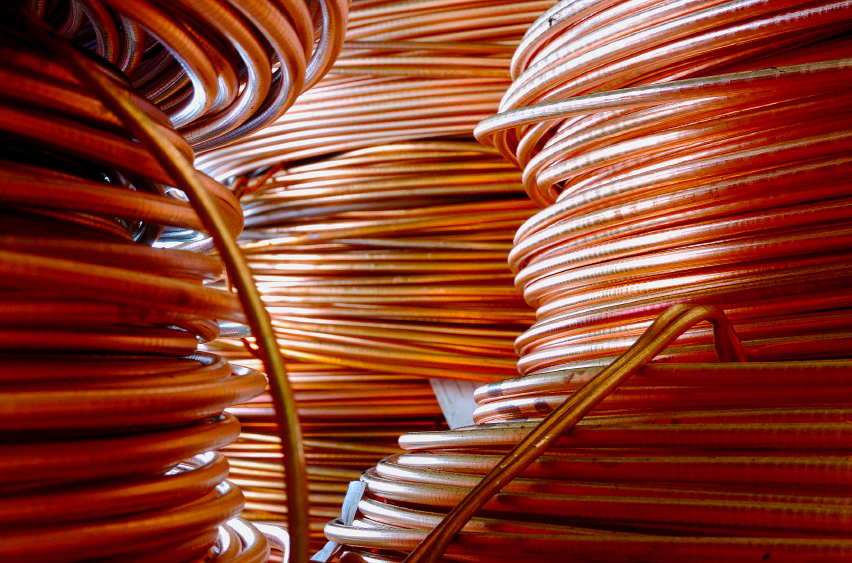
|
Misusing flexible cords and cables can lead to electrocutions and fire hazards. Here are the safety precautions you should be taking to ensure that flexible cords and cables are used appropriately and kept in a safe condition.
Safety Measures
To maintain flexible cords and cables in safe condition and prevent hazards, make sure that:
- Strain relief is provided. To be flexible, cords must be more finely stranded than fixed wiring; therefore, they are more easily damaged or pulled loose at terminal screws and joints. This kind of damage can expose live wiring or create a short circuit by allowing conductors to touch each other.
Think you have no time to train? Think again. BLR’s 7-Minute Safety Trainer helps you fulfill key OSHA-required training tasks in as little as 7 minutes. Try it at no cost and see!
- Cords, plugs, joints, and connections are routinely inspected for damage. Abrasion, aging, temperature extremes, chemical and radiation exposures, rough use, and sharp edges can all damage flexible cords’ sheathing and insulation, exposing the wires and creating fire and electrocution hazards. Plugs can also be damaged if prongs are bent or broken or if wires are pulled free from their connections. Extension cords and cords on portable equipment should be inspected before each shift or each use and taken out of service or repaired if damage is found.
Effective, 7-minute sessions providing comprehensive safety training at an average cost of $1 a day. Get the details.
- Cords and cables are selected appropriately. Flexible cords and cables should be selected with care for the environment they’re used in and the amount of current they will be required to carry. For example, wet environments may require cords equipped with a ground-fault circuit interrupter. Ratings derived from the National Electrical Code should be marked along the cord at 1-foot intervals: cords rated for hard service will be marked S, ST, SO, and STO; cords rated for junior hard service will be marked SJ, SJO, SJT, and SJTO.
Need more electrical safety advice? Get plugged in to the electrical safety resources at Safety.BLR.com.
